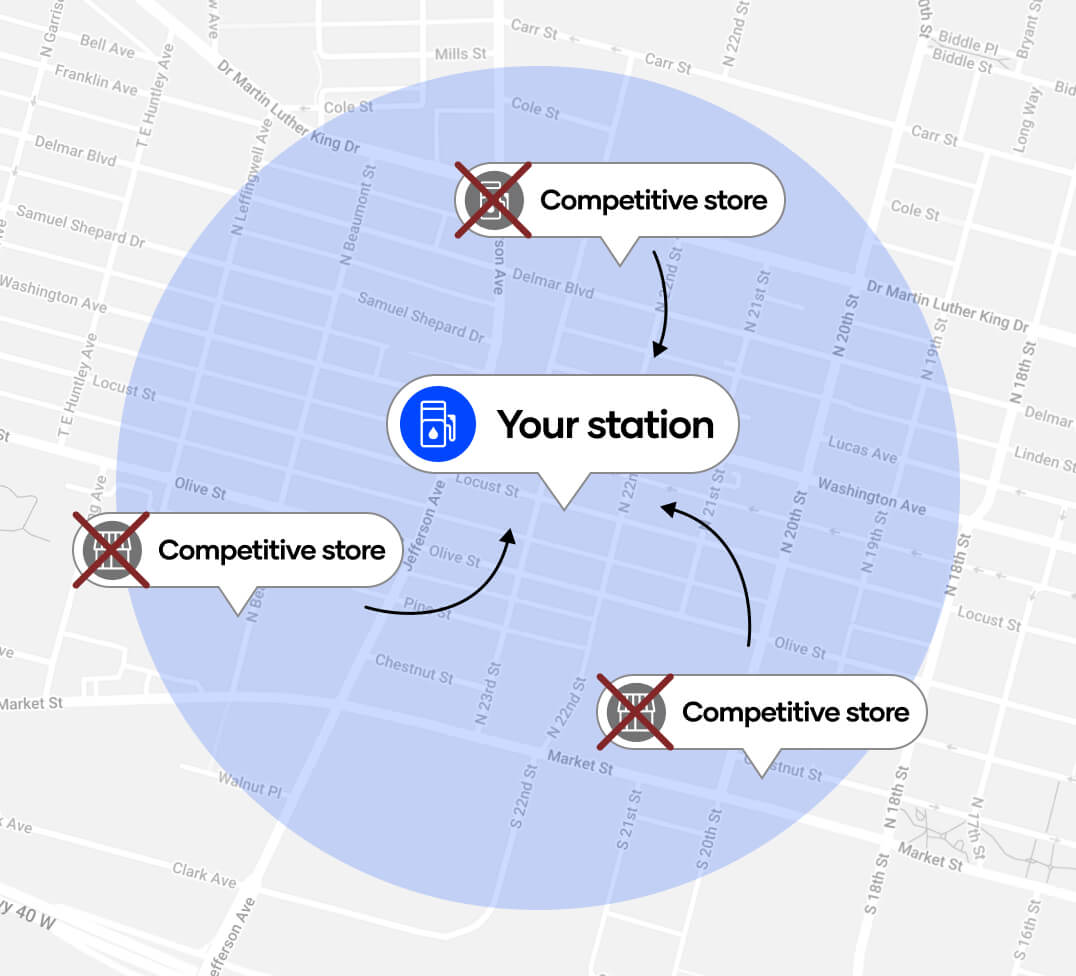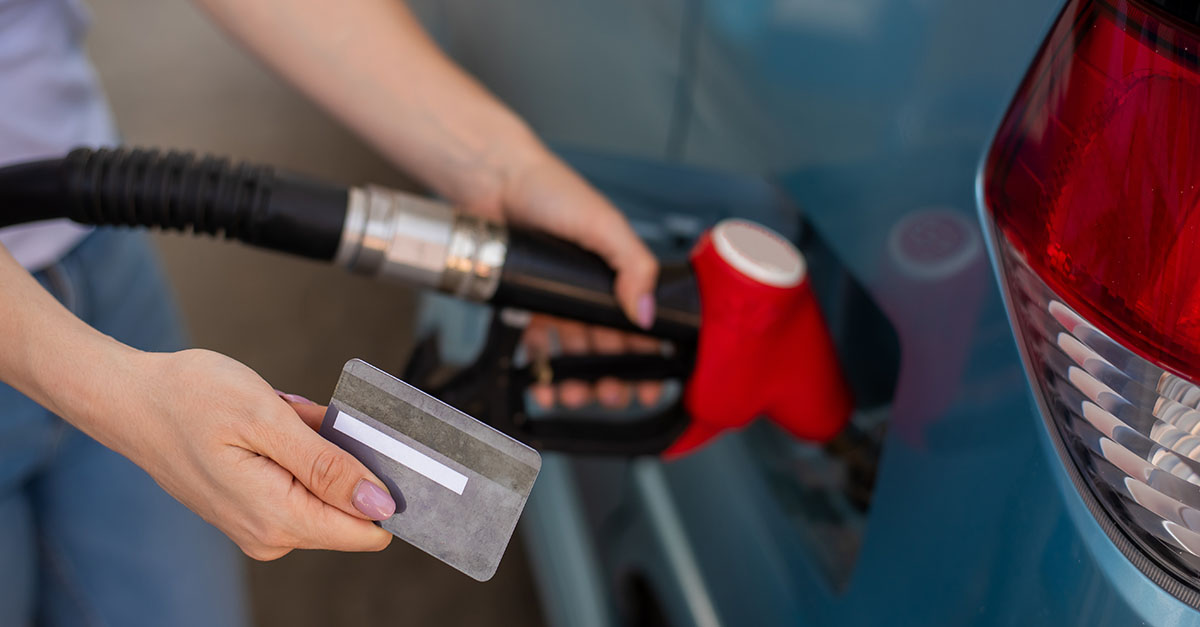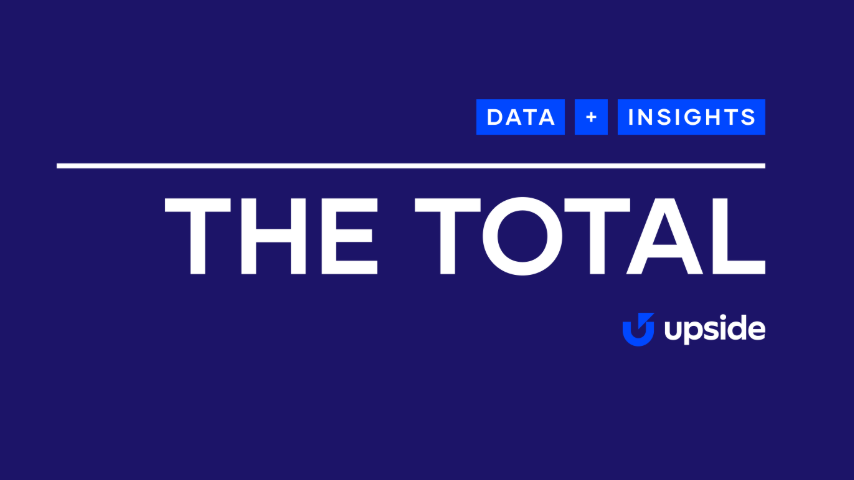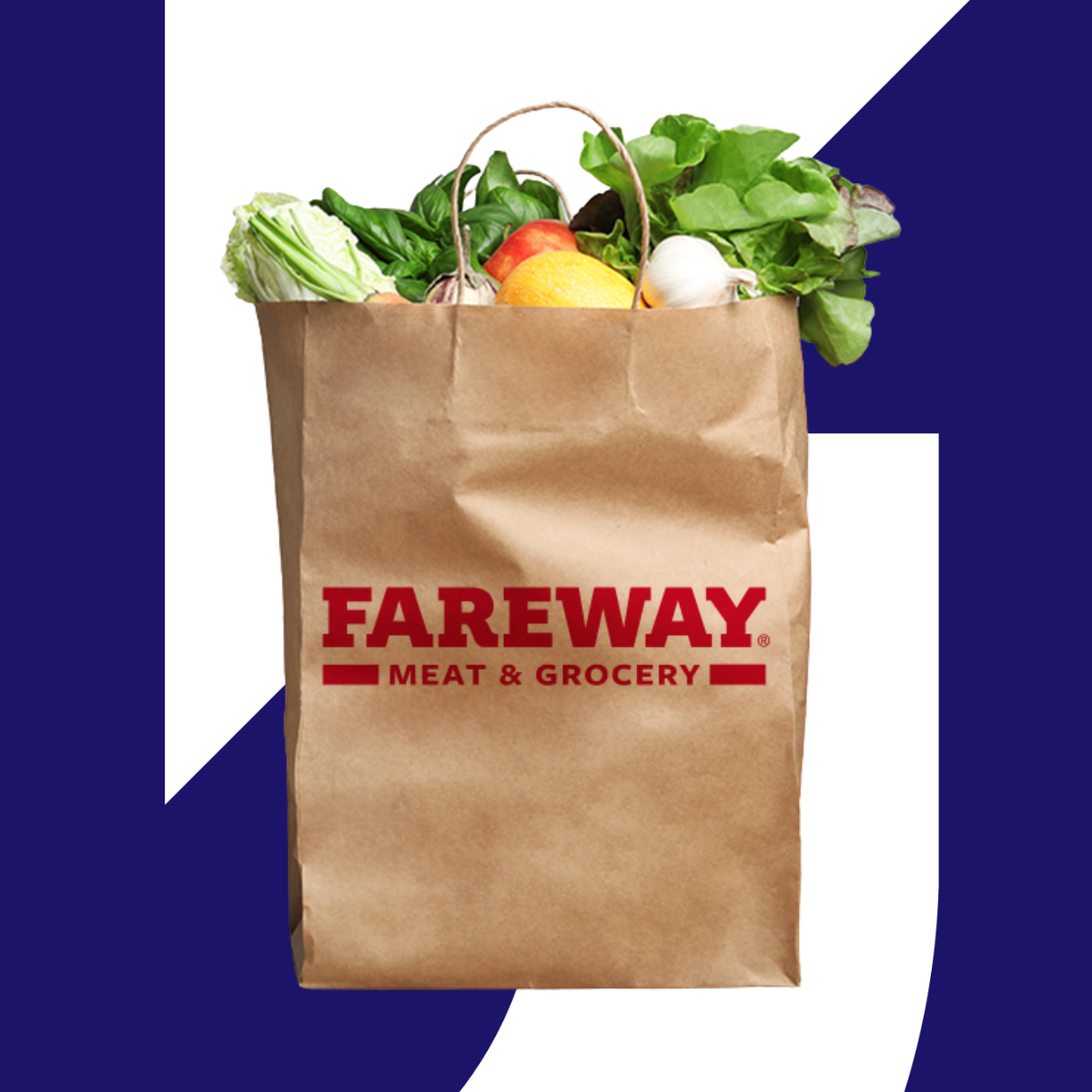How to drive profitable sales in retail

The Upside Team
Most retail advice tells you to "improve customer experience" or "build brand loyalty." That's not wrong, but it leaves blind spots. The question is: how do you get more of them without destroying your profit margins? The answer to increasing sales isn't just another loyalty program that primarily rewards customers who are already shopping with you.
It's customer acquisition — specifically, attracting customers from your competitors and turning them into your customers. We've learned that focusing efforts on attracting new customers alongside rewarding those who shop with you works.

Discover ideas to bring customers into your store and take market share from your competitors today.
Digital marketing and brand building
Your competitors may be spending thousands on Facebook ads and Google campaigns. Half of that money is spent on customers who would have shopped anyway. A better way: target customers directly with cash-back offers that make switching worth it. When someone decides to dine at a restaurant down the street, you need a reason for them to choose your tables instead.
Driving profitable sales in retail stores isn't about brand awareness or engagement rates. It's about changing shopping experiences and behaviors. One customer who switches from your competitor to your store is worth more than a hundred likes on social media. Focus on these retail customer acquisition strategies that attract customers from competitors:
Cash-back rewards apps

Cash-back apps change where people shop by giving them financial incentives to try new locations. The appeal is straightforward: customers get money back for their regular food and fuel purchases they're making anyway. These apps target people as they're making real-time decisions about where to shop and give them a reason to switch.
- Fuel and convenience retailers benefit from frequent transactions: Someone who tries your location once because of a cash-back offer might become a regular customer if they like the experience.
- Grocery stores maximize underutilized capacity: Operating at 46% capacity means attracting customers during off-peak hours can significantly improve profitability without adding operational costs.
- Restaurants fill empty tables during slower periods: Cash-back incentives can drive new customer visits when you have the capacity to serve them profitably.
- Proven customer acquisition model: You can measure which customers are genuinely new to your store. You're not paying to reward people who would have shopped with you regardless — you're paying to acquire customers from competitors.
Cash-back apps for groceries can help you win customers from your competitors and pay only for proven results.
The marketplace effect: Multiple categories working together
Here's what we've discovered about customer acquisition platforms: when you offer promotions across multiple retail categories — fuel, grocery, and restaurants — the combined effect drives more customer switching than individual promotions alone.
This marketplace effect means the app becomes more valuable to consumers because it covers their shopping routine, making it part of their regular decision-making process. A customer might initially discover your store through a fuel promotion, but then also see grocery shopping and dining offers, creating multiple touchpoints that increase engagement.
Companies that offer personalized services across categories can attract customers in one area and monetize in others. The cross-category approach increases transaction size and builds stronger customer relationships through multiple touchpoints. The key is understanding how different categories support each other in driving overall customer acquisition and lifetime value.
Customer acquisition through competitor targeting
You want customers who currently shop somewhere else. Email blasts to your existing database won't get you there. Here's what we've learned about effective competitor targeting:
- Target switchers, not loyalists: Some people have shopped at the same gas station for 20 years and never will change. Others pick based on what's convenient that day or who has the best offer. Target the switchers.
- Understand your competition: Which local businesses do people choose instead of yours? What do those competitors offer that you don't? This information guides your customer acquisition strategy.
- Get specific about who you want: The daily commuter who spends $40 twice a week is worth more than the once-a-month customer who buys a Coke. Consider targeting accordingly.
- Make switching worth it: If someone has to change their routine to try your retail business, give them a reason that matters. Weak offers get ignored.
Personalized promotions within the available margin
Traditional promotions often destroy profitability by offering the same discount to everyone. This approach is different: personalized promotions that work within your available profit margin for each transaction.
This allows you to offer meaningful incentives without destroying profitability, target specific customer segments with relevant offers, and maintain healthy margins while driving customer acquisition. The personalization ensures that high-value customers receive offers that reflect their shopping patterns while protecting your margins on every transaction.
Attribution-based performance measurement
Half your marketing budget works. The problem is figuring out which half. Attribution measurement solves this by comparing what happens with your marketing versus what happens without it.
- Run test vs control groups: Every customer is matched with a control group of similar non-users, allowing you to compare their behavior and measure what's truly incremental. This methodology tracks each customer's shopping patterns before and after offers, then compares their actual spend against the control group's spending. The difference is genuine incremental revenue — sales you wouldn't have captured otherwise.
- Measure the whole customer journey: Track whether each transaction is truly incremental, meaning it wouldn't have happened without the promotion. Compare each customer's actual behavior against a control group of similar customers to determine what's genuinely new business versus what would have occurred otherwise. This distinction ensures you only pay for transactions that drive real growth, not purchases that were already planned.
- Guide spending with data: The information tells you where to spend your marketing budget. Campaigns that bring genuinely new customers get more investment.
- Prioritize incremental growth: Real growth comes from customers who wouldn't have shopped with you otherwise. Analyzing test versus control groups shows you the difference between actual customer acquisition and just rewarding existing behavior.
Profit-share partnership models
Pay for customers, not campaigns. Profit-share models let you invest in marketing with guaranteed returns.
- Pay only for proven results: Traditional marketing requires upfront investment with no guarantee of new customers. Profit-share partnerships flip this — you pay based on actual customer acquisition, not promises or projections.
- Focus on incremental customers: Partners get paid when they bring you customers who wouldn't have shopped with you otherwise. This alignment means they zero in on actual customer acquisition and driving up your existing customer activity.
- Track performance through payment integration: Your payment system connects with attribution platforms to show which customers came through which local partnerships. Real-time data lets you see what's working and adjust your marketing mix accordingly.
- See the full picture: While impressions, clicks, and engagement rates have their place, you also need visibility into metrics that directly impact your bottom line. Profit-share models provide transparency into customer acquisition costs, incremental transaction values, and actual return on investment — giving you a complete picture of your programs' performance.
- Scale what works: When you can measure exactly which partnerships deliver profitable customers, you invest more in those relationships.
Exclusivity benefits for fuel retailers

For fuel retailers, exclusivity zones can provide significant competitive advantages. When you're the only location in a specific area offering cash-back incentives, you can attract customers from multiple competitors simultaneously.
Now you can capture market share from all nearby competitors who aren't on the Upside platform, build customer loyalty through exclusive benefits, and maximize the return on your customer acquisition investment. The exclusivity positioning helps ensure that your marketing investment drives customers specifically to your location.
Drive profitable sales growth with Upside
Upside incentivizes your competitors' customers with cash-back offers that bring them to your store instead. The attribution methodology proves that customers came through cash-back offers rather than those who would have visited anyway. You pay for results, not ad impressions or click-through rates. The platform offers easy setup with minimal internal lift required, personalized promotions within your available margin, and the marketplace effect that helps multiple categories work together to drive customer acquisition and retention.
Ready to understand customer movement and attract them from your competitors? Contact Upside to learn how cash-back partnerships deliver measurable customer acquisition.
Frequently asked questions
How to increase retail sales revenue?
Increasing sales revenue in retail requires prioritizing customer acquisition from competitors and rewarding existing customers. Cash-back partnerships that target competitor customers improve sales revenue because you only pay for genuinely new customers who wouldn't have shopped with you otherwise.
What are the most effective retail customer acquisition strategies?
The most effective strategies center on competitor customer targeting, attribution measurement, profit-share partnerships, and personalized promotions. These principles ensure you're growing your customer base profitably by bringing in new customers from competitors through measurable tactics that prove their return on investment.
Why do retailers struggle with profitable growth?
Retailers struggle with profitable growth because they focus on rewarding existing customers instead of acquiring new ones from competitors. Attribution measurement and profit-share models solve this by ensuring you only pay for customers who are genuinely incremental to your business.
Which marketing strategies deliver the best ROI for retailers?
Marketing strategies that deliver the best ROI for retailers concentrate on competitor customer targeting with measurable attribution. Cash-back partnerships outperform traditional advertising because they use test-and-control methodologies to prove which customers are genuinely new versus those who would have purchased anyway.
Share this article:
The Upside team is made up of data scientists and industry experts who are passionate about delivering empowering content to our readers. With a focus on providing practical insights and meaningful perspectives, we create engaging materials across a wide range of topics. From exploring industry trends and offering expert analysis to sharing useful tips and inspiring ideas, our team works diligently to provide you with the information you need to thrive.
Request a demo
Request a demo of our platform with no obligation. Our team of industry experts will reach out to learn more about your unique business needs.









.png)





